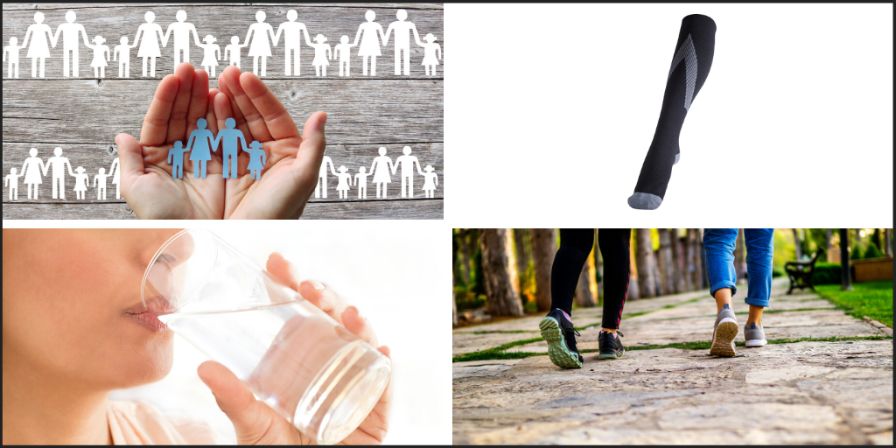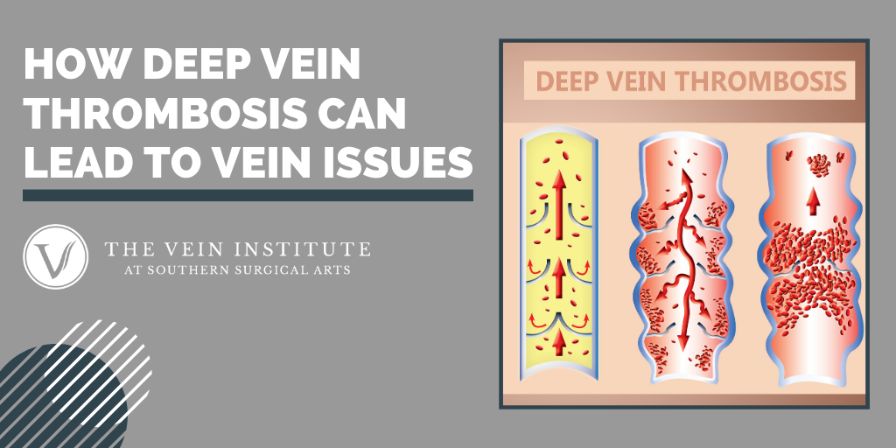Thrombosis is simply the formation of a blood clot. A blood clot, medically known as a thrombus, prohibits blood from circulating properly because it partially or completely blocks the flow of venous blood back to the heart. The ability for blood to clot in a healthy person is a very good thing, even a life-saving thing. Fibrin molecules form blood clots to hold red blood cells and platelets together to stop bleeding at the site of an injury or cut. But when blood clots occur in other instances, it harms the normal and needed flow of blood and can cause significant medical issues.
When a thrombus occurs in deep veins, rather than superficial or surface veins, it is called Deep Vein Thrombosis. You may also see it noted as DVT.
Table of Contents
ToggleAssociated Medical Risks
Because deep veins travel to the heart and lungs, blood clots that form within them can actually travel through the heart and cause a blockage in the lungs. A pulmonary embolism is when a blood clot travels to one or both of your lungs.
Deep Vein Thrombosis and other types of vein disease can all lead to poor circulation and therefore also leave a patient at higher risk for lymphedema, or swelling.
Treatment

As with most venous disease, time is on your side…if you get proper medical treatment! Deep Vein Thrombosis is not known to get better with time so taking action and seeking proper medical treatment sooner rather than later may spare you even more serious medical issues.
Once diagnosed with DVT, you would be placed on a blood-thinning medication otherwise known as an anticoagulant. Blood thinners prevent the blood from continuing to clot so that the existing clot does not continue to get larger and hopefully new blood clots will not form. Blood thinners do not break down the clots, your body has to do that.
In some cases, a catheter may be used to deliver special drugs directly to the affected vein to dissolve the clot. Your doctor would monitor your case closely to optimum care possible for your health and wellness. Your safety is our number one priority at The Vein Institute.
Additional Care

1. Family History
Be sure to note if you have family members who have suffered from Deep Vein Thrombosis or a pulmonary embolism. If so, you are statistically at a greater risk of developing the same so you should take extra care of your vein health.
2. Clothing
Wear compression garments, especially if you know that you will be traveling and sitting still for a long period of time. In particular, if you are flying, then wearing compression socks will dramatically improve your body’s ability to maintain proper circulation with all of the altitude changes.
Conversely, you also do not want to wear generally tight-fitting clothing. You may also choose to wear flat shoes more often, rather than ones with heels.
3. Hydration
Remaining fully hydrated at all times is critical for proper circulatory health. If you are ever at risk of dehydration, you will want to avoid alcohol and caffeine where possible as they dehydrate you.
4. Movement
Avoid sitting or standing in one position for too long at one time. (And in general, just avoid crossing your legs.) Making an effort to exercise consistently and choosing to move more throughout your day are achievable goals for anyone facing vein issues, including Deep Vein Thrombosis.
Free Consultation
Please don’t wait until your vein issues get worse (or become dangerous) to get help. Come talk with us soon for a free consultation so we can determine the best treatment plan for you.

